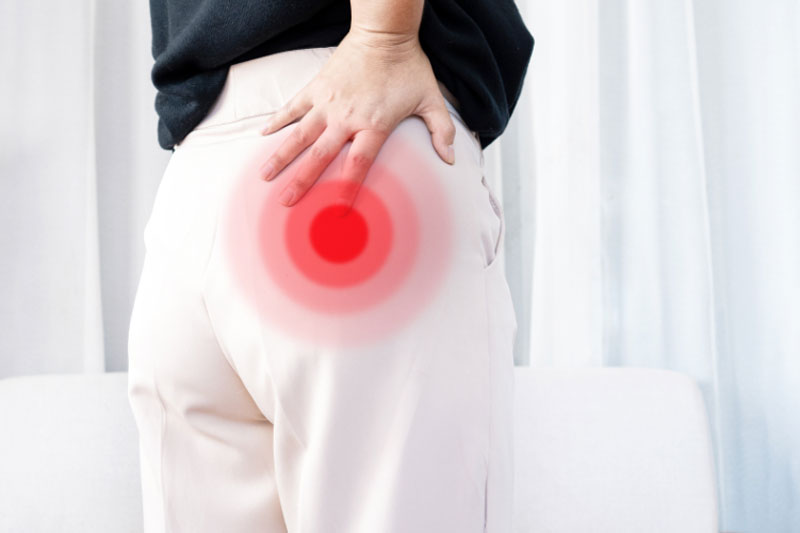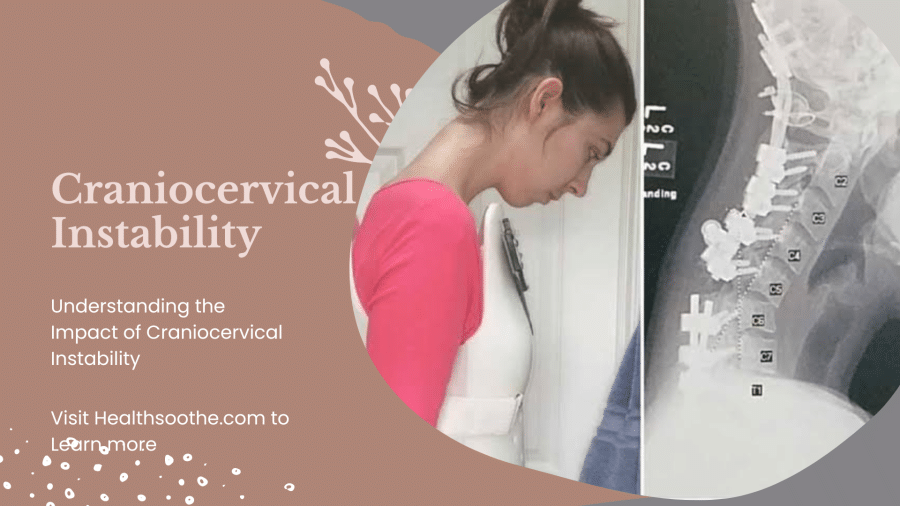Understanding Piriformis Syndrome
Piriformis Syndrome is a neuromuscular disorder that arises when the piriformis muscle, located deep in the buttock region, compresses the sciatic nerve. This compression can lead to a variety of symptoms, including pain, numbness, and tingling sensations that travel from the buttocks down the back of the leg. Although Piriformis Syndrome is often mistaken for sciatica due to the similarity in symptoms, the underlying cause differs: in Piriformis Syndrome, it is the piriformis muscle itself that irritates the sciatic nerve, rather than a spinal issue.
At Physio & More in Kingston upon Thames, we frequently treat individuals suffering from Piriformis Syndrome. Through targeted therapies, we help our clients address both the pain and the underlying causes of the condition, ensuring a smoother path to recovery.
What Causes Piriformis Syndrome?
Piriformis Syndrome typically occurs due to overuse, trauma, or poor biomechanics of the piriformis muscle. Below are some of the most common causes:
Repetitive Movements and Overuse
Athletes or individuals who engage in repetitive activities such as running, cycling, or prolonged periods of walking often experience increased tension in the piriformis muscle. Over time, this can lead to the muscle becoming tight or inflamed, causing it to press against the sciatic nerve.
Prolonged Sitting or Sedentary Lifestyles
Extended periods of sitting, particularly with poor posture, can contribute to Piriformis Syndrome. Sitting for long stretches can tighten the hip muscles, including the piriformis, eventually leading to nerve compression.
Injury or Trauma
Direct trauma to the buttocks, such as a fall or an impact injury, can trigger inflammation in the piriformis muscle, which may subsequently compress the sciatic nerve.
Muscle Imbalance or Weakness
Weakness in surrounding muscles, particularly the gluteal muscles, can place additional stress on the piriformis. This compensation can lead to the piriformis muscle becoming overworked and strained, which may result in the development of Piriformis Syndrome.
Recognising the Symptoms of Piriformis Syndrome
The symptoms of Piriformis Syndrome can range from mild discomfort to severe pain, often mimicking the symptoms of sciatica. The most common symptoms include:
- Pain in the Buttock Area: The hallmark of Piriformis Syndrome is deep, aching pain in the buttock. This pain may be aggravated by sitting for extended periods or performing activities that involve hip rotation.
- Sciatic-Like Symptoms: As the piriformis muscle compresses the sciatic nerve, individuals may experience pain, tingling, or numbness that radiates down the back of the leg, similar to sciatica.
- Difficulty with Movement: Simple movements, such as walking or climbing stairs, may become challenging. Individuals may also find it difficult to sit comfortably without experiencing increased pain in the affected buttock and leg.
- Increased Pain with Physical Activity: Physical activities that engage the hips, such as running, may exacerbate the symptoms of Piriformis Syndrome.
If you are experiencing any of these symptoms, it is important to seek professional advice to determine whether Piriformis Syndrome is the cause and to receive appropriate treatment.
How is Piriformis Syndrome Diagnosed?
Diagnosing Piriformis Syndrome can be challenging due to its similarity to other conditions that involve sciatic nerve compression. A healthcare professional will begin by conducting a physical examination and asking about your symptoms, activity levels, and any recent injuries. Certain tests, such as the piriformis stretch test, may be used to provoke symptoms and confirm whether the piriformis muscle is the source of your discomfort.
In some cases, imaging tests such as MRI or ultrasound may be used to rule out other causes of sciatic nerve irritation, such as a herniated disc. However, a diagnosis of Piriformis Syndrome is often based on a thorough assessment of symptoms and the exclusion of other potential conditions.
Effective Exercises to Relieve Piriformis Syndrome
Exercise is a key component in overcoming Piriformis Syndrome. The goal is to reduce tension in the piriformis muscle, strengthen the surrounding muscles, and improve flexibility. Below are some of the most effective exercises for managing Piriformis Syndrome:
Piriformis Stretch
The piriformis stretch is designed to relieve tension in the muscle and reduce sciatic nerve compression.
- Lie on your back with both knees bent.
- Cross the affected leg over the opposite knee, forming a "figure four."
- Gently pull the non-affected leg toward your chest, feeling a stretch in the buttock of the affected side.
- Hold for 20-30 seconds, then release. Repeat 2-3 times.
Hip Bridges
Strengthening the gluteal muscles can help reduce strain on the piriformis.
- Lie on your back with your knees bent and feet flat on the floor.
- Tighten your glute muscles and lift your hips off the floor, creating a straight line from your knees to your shoulders.
- Hold the position for a few seconds before lowering your hips back down.
- Perform 10-15 repetitions for 2-3 sets.
Seated Piriformis Stretch
This simple stretch can be done anywhere to help loosen the piriformis muscle.
- Sit on a chair with your back straight and feet flat on the ground.
- Place the ankle of your affected leg over the opposite knee.
- Gently press down on the knee of your crossed leg while leaning forward until you feel a stretch in the buttock.
- Hold for 20-30 seconds, then switch sides.
Clamshell Exercise
The clamshell exercise strengthens the hip abductors and stabilises the hips.
- Lie on your side with your knees bent and your feet together.
- Keeping your feet together, lift your top knee as high as you can without moving your pelvis.
- Slowly lower the knee back down. Perform 10-15 repetitions for 2-3 sets on each side.
Additional Treatment Options for Piriformis Syndrome
In addition to exercise, there are several other treatment options that can help alleviate the pain and discomfort associated with Piriformis Syndrome.
Massage Therapy
Deep tissue massage or myofascial release can be highly effective in relieving tension in the piriformis muscle. Massage therapy helps improve blood flow, reduce muscle tightness, and promote healing.
Heat and Cold Therapy
Alternating between heat and cold therapy can help reduce inflammation and ease muscle spasms. Applying an ice pack to the affected area for 15-20 minutes at a time can help reduce pain, while heat therapy can relax tight muscles.
Anti-Inflammatory Medications
Non-steroidal anti-inflammatory drugs (NSAIDs), such as ibuprofen, may be recommended to reduce inflammation and alleviate pain.
Physiotherapy
Physiotherapy is a highly effective treatment option for Piriformis Syndrome. A physiotherapist can provide manual therapy, stretching, and strengthening exercises to address the root cause of the condition. At Physio & More in Kingston upon Thames, our experienced physiotherapists develop tailored treatment plans to help patients recover from Piriformis Syndrome and prevent future flare-ups.
Preventing Piriformis Syndrome
Once you’ve managed the symptoms of Piriformis Syndrome, it’s important to take steps to prevent the condition from recurring. Here are some tips for maintaining hip health and avoiding future episodes:
- Incorporate Stretching into Your Routine: Regularly stretch the piriformis, hamstrings, and hip flexors to keep the muscles flexible and reduce the risk of tightness.
- Strengthen Your Core and Glutes: A strong core and glutes can provide better support for your hips and prevent strain on the piriformis muscle.
- Maintain Good Posture: Be mindful of your posture, particularly when sitting for long periods. Make sure to sit upright with your feet flat on the floor and take regular breaks to stand up and stretch.
- Avoid Prolonged Sitting: If your job requires you to sit for extended periods, make a habit of standing up and moving around every 30-60 minutes to prevent muscle stiffness.
- Warm Up Before Physical Activity: Before engaging in activities that involve repetitive hip movements, such as running or cycling, take the time to warm up and stretch your hip muscles.
Living Pain-Free: The Path to Recovery
Overcoming Piriformis Syndrome may take time, but with the right combination of exercises, treatments, and lifestyle changes, it is entirely possible to achieve long-lasting relief. By focusing on strengthening the muscles around your hips, improving flexibility, and avoiding habits that contribute to muscle tension, you can protect yourself from future pain and discomfort.
Whether you’re dealing with a mild case of Piriformis Syndrome or have been struggling with chronic pain, don’t hesitate to seek professional help. With a personalised treatment plan and ongoing support, you can regain control of your mobility and enjoy a pain-free life.



